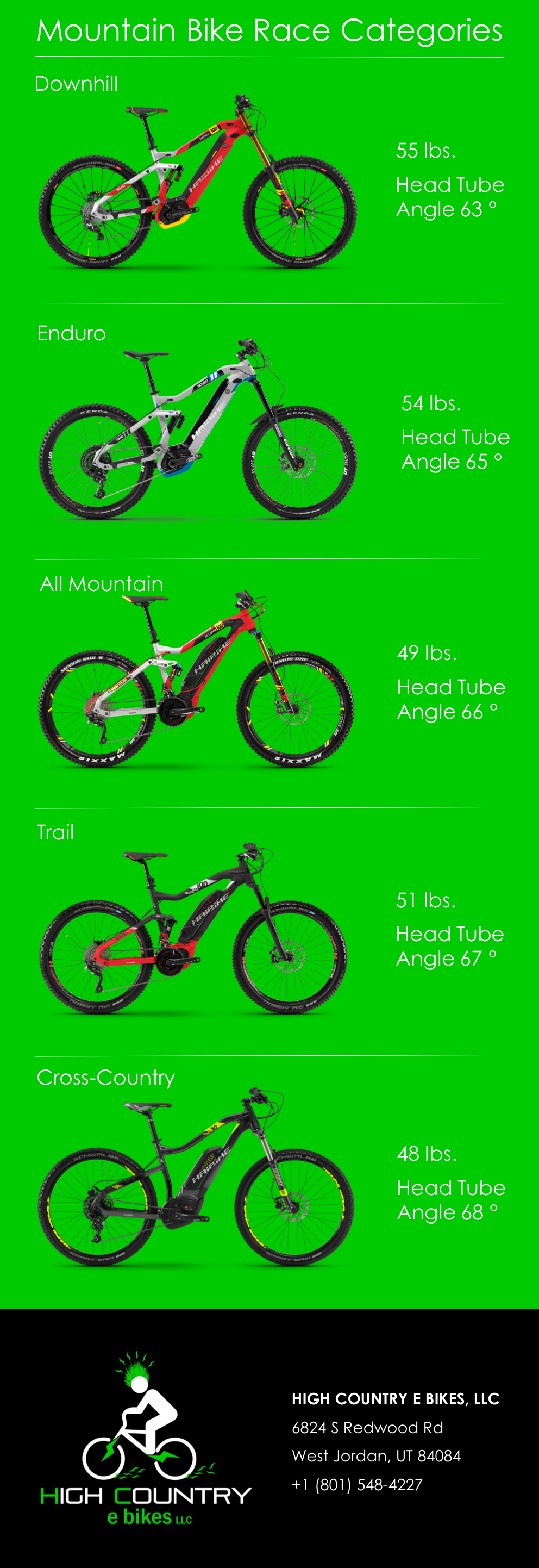Assessing E-Bikes And Conventional Bicycles: Which One Fits Your Way Of Life?

Authored By-Lehman Bramsen
When making a decision in between an E-bike and a standard bike, you might find yourself at a crossroads. The option ultimately comes down to your certain requirements and preferences. E-bikes use electric aid for a smoother ride, particularly on difficult surfaces, making your commute less complicated and more pleasurable. However, standard bikes provide a traditional exercise experience that some cyclists choose. As you weigh the benefits of each alternative, consider elements like performance, expense, and ecological influence to determine which one lines up ideal with your way of life and objectives.
Performance Differences
When comparing e-bikes and standard bikes, one of the crucial facets to consider is their performance differences. E-bikes, with their electric assist electric motors, provide bikers an added increase when pedaling, making uphill climbs and cross countries more workable. This added power can help you reach higher speeds with much less initiative, allowing for a smoother and a lot more delightful ride overall.
On the other hand, traditional bikes rely exclusively on your physical stamina to move them ahead. While this might supply a more difficult workout, it can also be tiring, especially on hard terrains or during long experiences.
In regards to speed, e-bikes usually have a higher maximum speed compared to traditional bikes. The electric motor can aid you within rates of approximately 28 mph, depending on the model and neighborhood laws. Conventional bikes, on the other hand, normally have reduced maximum speeds, which are limited by your physical capacities. This can make a difference, particularly for commuters or those wanting to cover longer ranges in a shorter amount of time. Ultimately, the performance distinctions between e-bikes and traditional bikes come down to individual choice and the particular requirements of the biker.
Cost Factors to consider
For those taking into consideration the acquisition of a brand-new bike, price factors to consider play a substantial duty in the decision-making procedure. When comparing e-bikes and typical bikes, it's necessary to assess not only the in advance expense but also the lasting expenses. https://theedinburghreporter.co.uk/2024/07/the-best-off-road-electric-bike/ -bikes usually come with a higher preliminary cost due to their electrical parts, yet they can possibly save you cash in the future by decreasing transportation expenses and upkeep costs.
Traditional bikes, on the other hand, often tend to be much more budget-friendly ahead of time and have reduced upkeep prices, yet they might need more exertion to ride, influencing your travelling costs and time.
When determining in between an e-bike and a typical bike, consider your spending plan and just how much you agree to purchase your new ride. Take into consideration elements like the expense of charging an e-bike versus buying gas for a standard bike, in addition to the expenditures associated with repair work and replacements with time. Eventually, the ideal selection will certainly depend on your economic circumstance and the value you place on benefit and efficiency.
Environmental Effect
Considering the environmental impact of your choice between an e-bike and a traditional bike is critical in today's eco-conscious world. Both e-bikes and conventional bikes have their ecological advantages and disadvantages.
E-bikes are powered by electrical energy, which can be produced from eco-friendly sources, making them a cleaner alternative contrasted to typical bikes that rely upon human energy. Nevertheless, the manufacturing and disposal of e-bike batteries can have adverse ecological consequences if not handled properly.
On the other hand, traditional bikes do not produce any type of exhausts throughout use and have marginal environmental influence in regards to production and disposal. By going with a typical bike, you can decrease your carbon impact and add to a healthier world.
Inevitably, https://www.google.com/maps/place/ZuGo+Bike/@30.262856,-97.758557,16z/data=!4m6!3m5!1s0x8644b51416d6be09:0x41e016862e4d8a94!8m2!3d30.2628555!4d-97.7585568!16s%2Fg%2F11fs_r7gtl?hl=en&entry=ttu&g_ep=EgoyMDI0MTAyMy4wIKXMDSoASAFQAw%3D%3D in between an e-bike and a typical bike comes down to your top priorities and the degree of ecological impact you fit with. Make an informed decision that aligns with your values and assists shield the environment for future generations.
Verdict
So, when deciding between an e-bike and a traditional bike, all of it boils down to what fits your needs and preferences best. If you want a simpler adventure with less physical effort, go for an e-bike. But if you enjoy a more tough workout and don't mind putting in the effort, stick to a typical bike. Consider your priorities and way of life to make the best selection for you.

